Learning is defined, organised and completed by the learner. Educators (experts) may act as facilitators or guides. However, the learner is encouraged to plot their own path, valuing their own, their peers and experts input equally; developing in(ter)dependent learning strategies
Michie (2012)

Openness is the only means of doing education...
If there is no sharing... there is no education.
Wiley (2010)
Open pedagogy makes use of this abundant, open content (such as open educational resources, videos, podcasts), but also places an emphasis on the network and the learner's connections within this.
Weller (2013)
At its best openness is an ethos not a license. It's an approach to teaching and learning that builds a community of learners online and off.
Groom (2013)
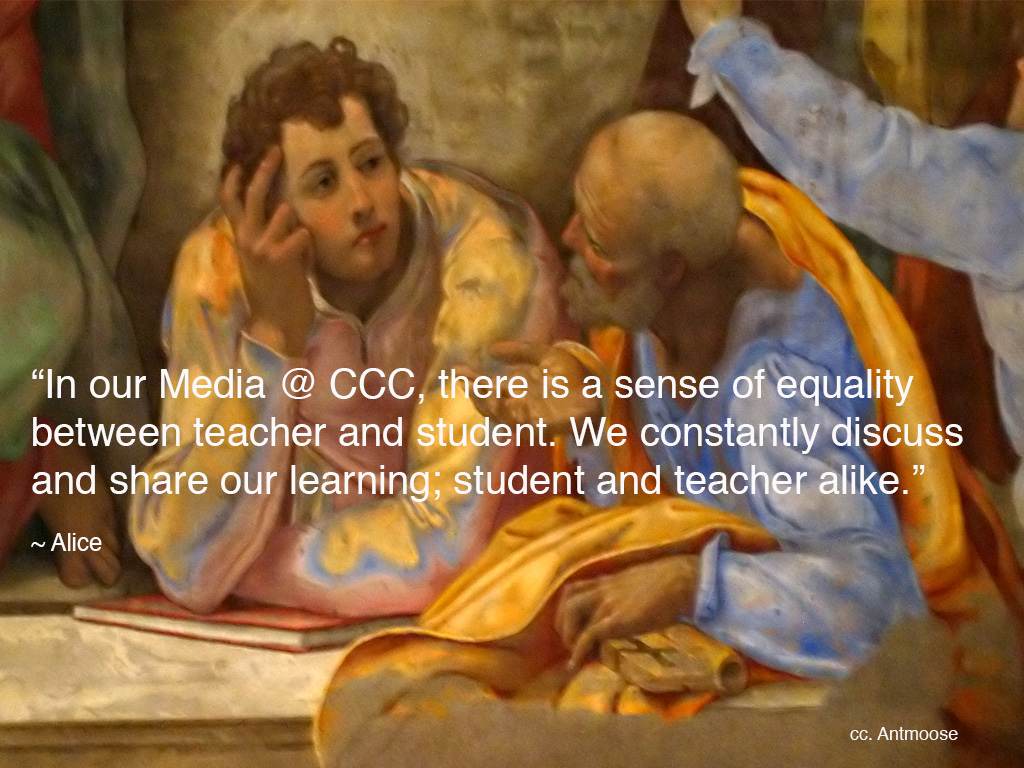

Rheingold (2012)
At its heart, connectivism is the thesis that knowledge is distributed across a network of connections, and therefore that learning consists of the ability to construct and traverse those networks. Knowledge, therefore, is not acquired, as though it were a thing... What we learn, what we know -- these are literally the connections we form between neurons as a result of experience.
Downes (2011)
The whole is greater than the sum of its parts.
Aristotle
Coherence. Sensemaking. Meaning. These elements are prominent in constructivism, to a lessor extent cognitivism, and not at all in behaviourism. But in connectivism, we argue that the rapid flow and abundance of information raises these elements to critical importance.
(Siemens, 2008)
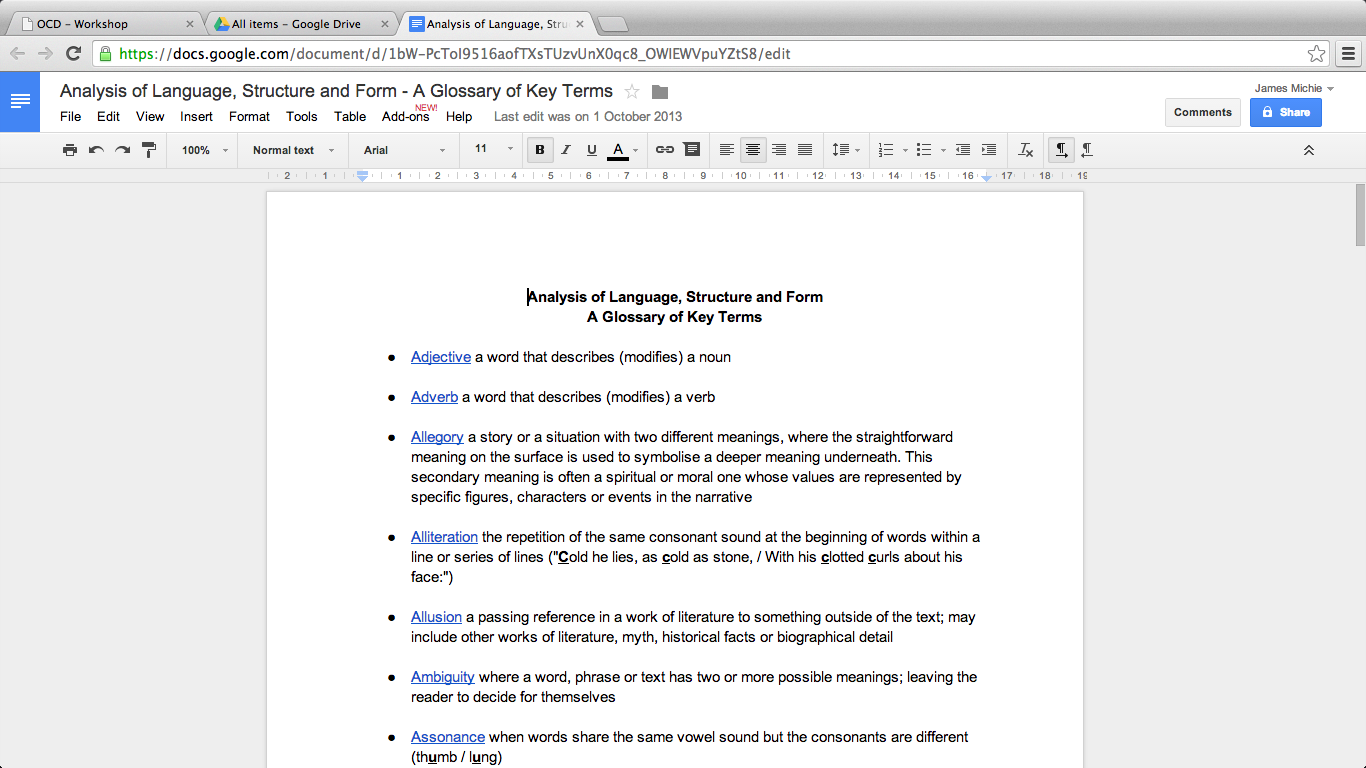
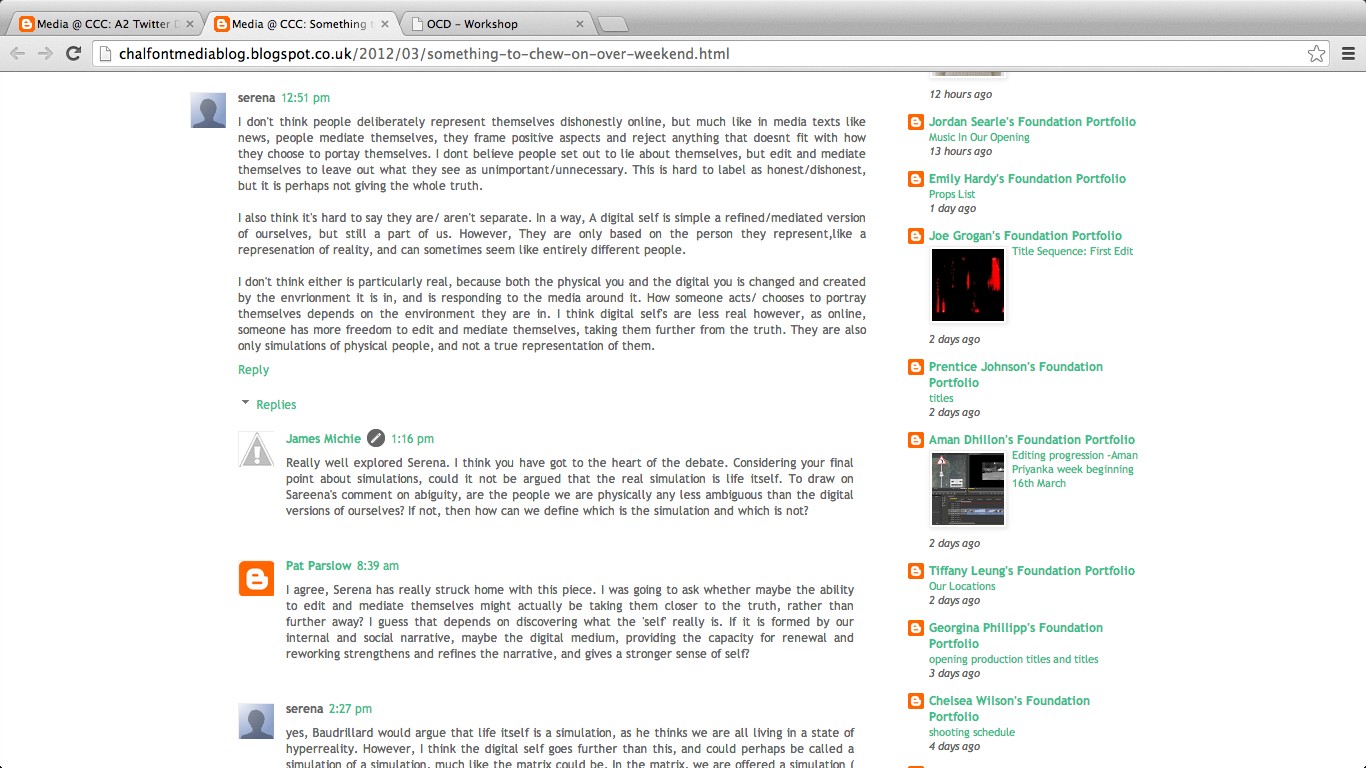
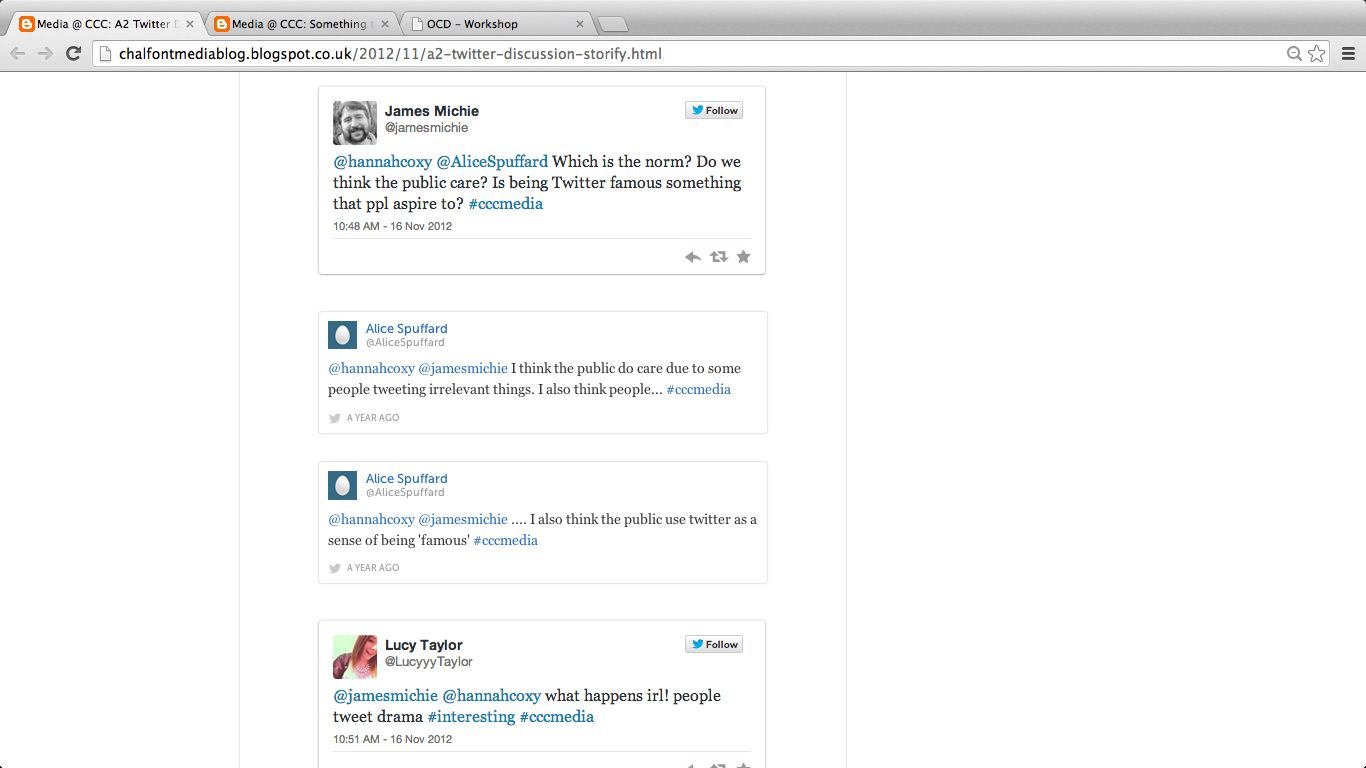
...from a consumer of learning into a researcher, a co-producer, an explorer and that's a much more exciting, exhilarating role
Heppell (2010)
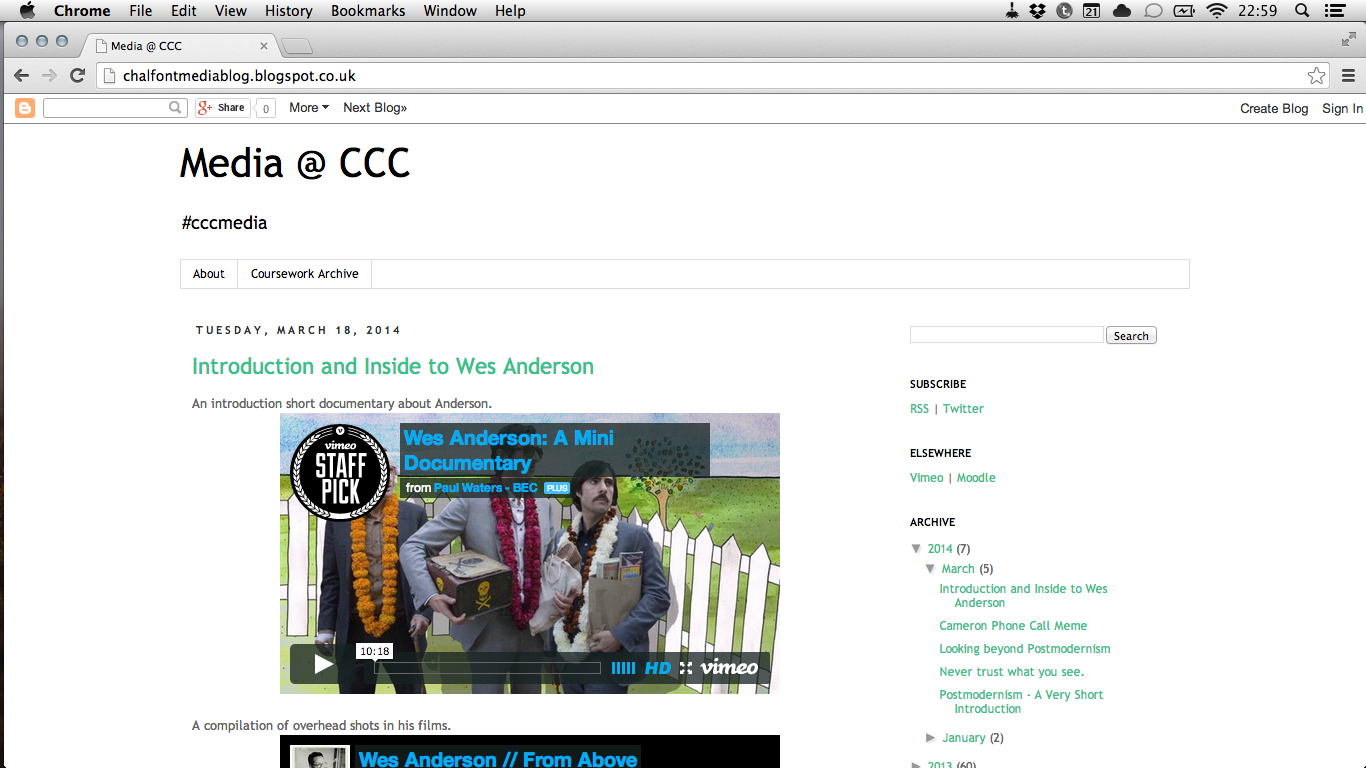
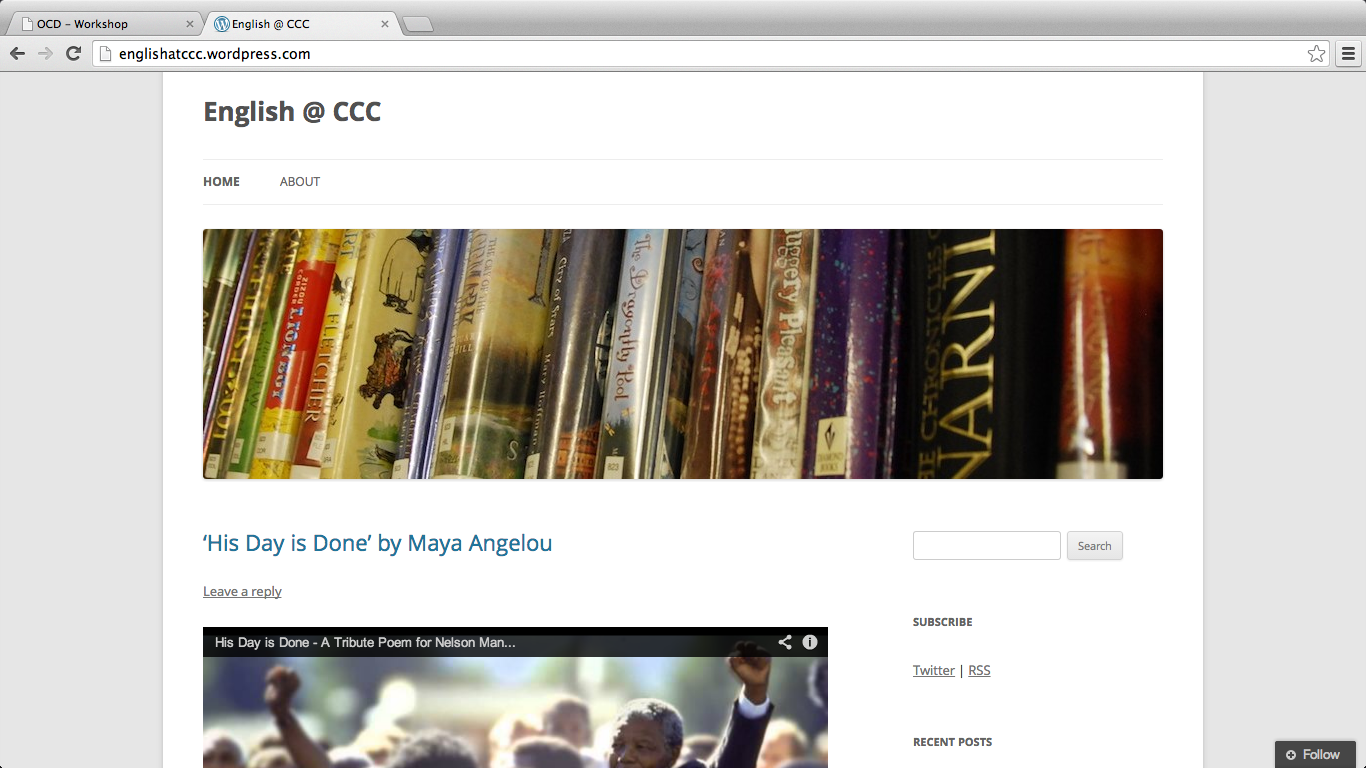


The VLE is dead!
Long live the VLE!